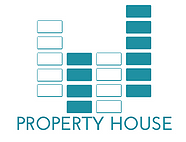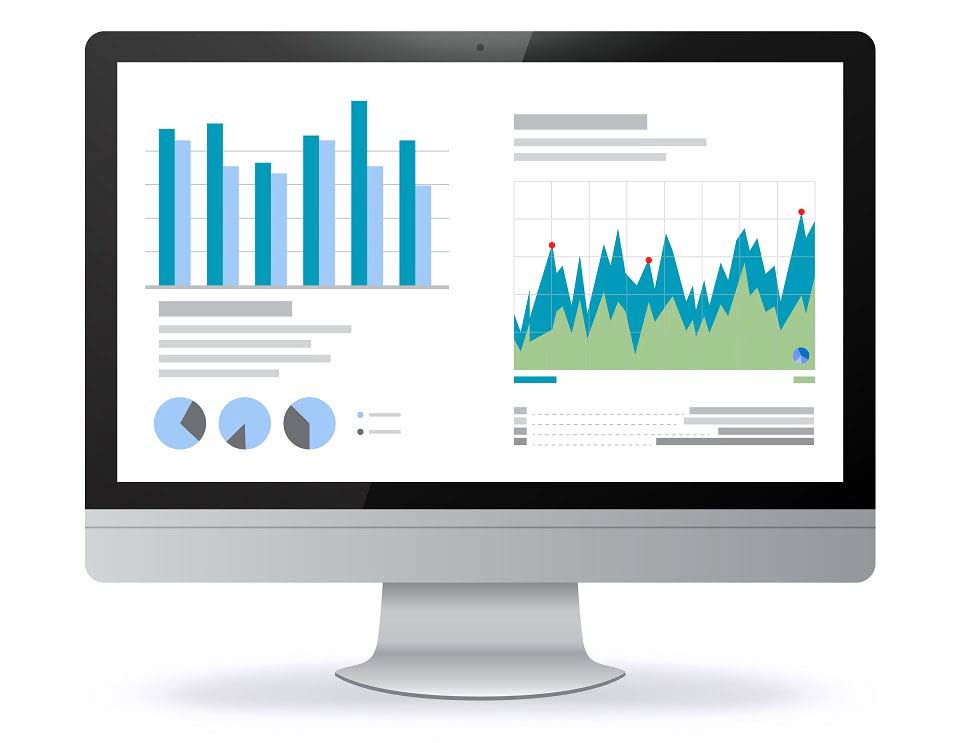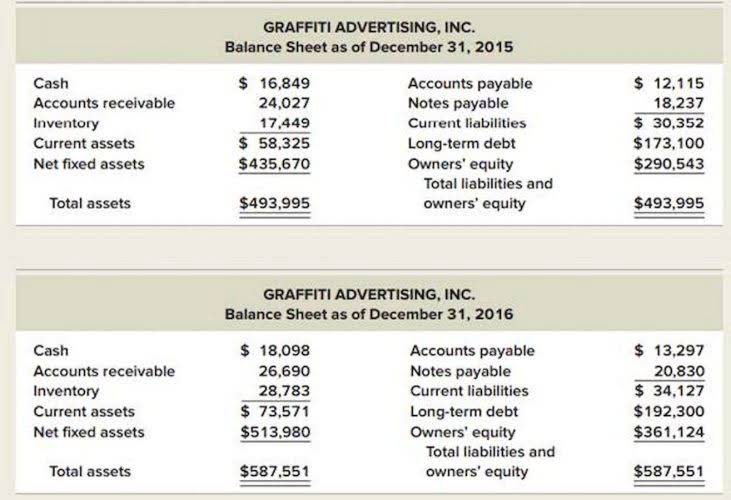What Is Accounting? Definition and Basics, Explained
Whenever you’re trying to figure out how to increase your margin or deciding if raising prices is a good idea, you’re doing cost accounting. Financial statements are reports that summarize how your business is doing financially. In recent years, there has been a growing demand on the part of stakeholders for information concerning http://videoforums.ru/showthread.php?t=853 the social impacts of corporate decision making. Increasingly, companies are including additional information about environmental impacts and risks, employees, community involvement, philanthropic activities, and consumer safety. Much of the reporting of such information is voluntary, especially in the United States.
In business, it allows companies to analyze their financial performance. The financial statements that accountants provide give key information on the business’s financial health. Without them, it’s almost impossible for companies to perform http://usefulscript.ru/forum/showthread.php?tid=135&page=13 financial planning via forecasting. The primary goal of tax accounting is to maintain compliance with reporting requirements. Additionally, these accountants will use strategic decision-making to reduce a company’s tax obligations.
Financial Reporting
Accounting history dates back to ancient civilizations in Mesopotamia, Egypt, and Babylon. For example, during the Roman Empire, the government had detailed records of its finances. However, modern accounting as a profession has only been around since the early 19th century. Summarising is the art of making the activities of the business enterprise as classified in the ledger for the use of management or other user groups i.e. Summarisation helps in the preparation of Profit and Loss Accounts and Balance sheet for a particular fiscal year.
As a result, all professional accounting designations are the culmination of years of study and rigorous examinations combined with a minimum number of years of practical accounting experience. An important component of this process is the creation of financial statements. These statements are a concise summary of the financial transactions completed over a specific period. They also outline an entity or company’s financial health, operations, and cash flows. These external reports must be prepared in accordance with generally accepted accounting principles often referred to as GAAP or US GAAP. Accounting is the practice of tracking your business’s financial data and interpreting it into valuable insights.
What Are the Responsibilities of an Accountant?
Tracking home expenses against the monthly budget helps her avoid overspending and also gives her peace of mind knowing where the money was spent in case she forgets. Once every year my Mom files her taxes and this is where all her hard work in maintaining the financial record pays off as she has all the required information on her finger tips (and a shoe box). Even though my mom doesn’t know, she is performing basic functions of an accountant to manage the home finances. Preparing the company’s annual financial statements this way is called financial accounting. If you’re looking to hire a financial accountant, start with looking into how much an accountant costs. Another part of accounting focuses on providing a company’s management with the information needed to keep the business financially healthy.
- Accountants can help take some of the pressure off tax season by handling the preparation and filing for you.
- It tells you whether or not you’re making a profit, what your cash flow is, what the current value of your company’s assets and liabilities is, and which parts of your business are actually making money.
- An accountant may be involved in the creation of a number of processes within a business, which typically include several controls to ensure that assets are properly managed.
- Discover types of accounting, skills, salaries in different jobs, qualifications, and certifications, as well as the steps to getting started.
- These experts can offer guidance on tax deductions you didn’t know you qualified for, tax rules you didn’t know you were breaking, and best practices picked up while working for other companies in your industry.
- Accountants may become certified with designations, such as Certified Public Accountant (CPA) in the U.S., Chartered Accountant (ACA) in the U.K., Chartered Professional Accountant (CPA) in Canada, and so on.
While there are no laws enforcing these standards, most lenders and business partners in the United States will require that you adhere to GAAP. If you’re in Canada, you’ll use a different system called International Financial Reporting Standards, or IFRS. Our partners cannot pay us to guarantee favorable reviews of their products or services. This rule is applicable to transactions involving people or businesses, for instance, a bank transaction.
What is accounting in simple terms?
The CFE credential is recognized and respected by businesses, governments, and law enforcement agencies worldwide. Roman Emperor Augustus had access to detailed financial data throughout his life. Many say that accounting probably developed alongside our ability to write words, count numbers, and start using https://ubop.net.ua/the-fashion-awards-samye-stilnye-zvezdy-polychili-po-modnomy-oskary/ money. They are responsible for determining an organization’s overall wealth and profitability. It is instrumental in companies and other organizations as a means of determining financial stability. Accountancy is an information science we use to gather, classify, and manipulate financial information.
- They also aim to improve the consistency of financial reporting across various industries.
- Accounting is the medium of recording business activities and it is considered a language of business.
- By referring to your balance sheet, you can track how effectively you’re collecting payment.
- Every transaction needs to be recorded and accounted for properly so that a company’s financial statements are accurate.
- Businesses report assets and liabilities at the cost they paid to acquire them.
- The work performed by accountants is at the heart of modern financial markets.
Therefore, most companies will have annual audits for one reason or another. Amanda Bellucco-Chatham is an editor, writer, and fact-checker with years of experience researching personal finance topics. Specialties include general financial planning, career development, lending, retirement, tax preparation, and credit. The managerial control is achieved by analyzing in money terms the departures from the planned activities and by taking corrective measures to improve the situation in future. Accounting is used to communicate financial information in respect of net profits (or loss), assets, liabilities etc., to the interested parties.



